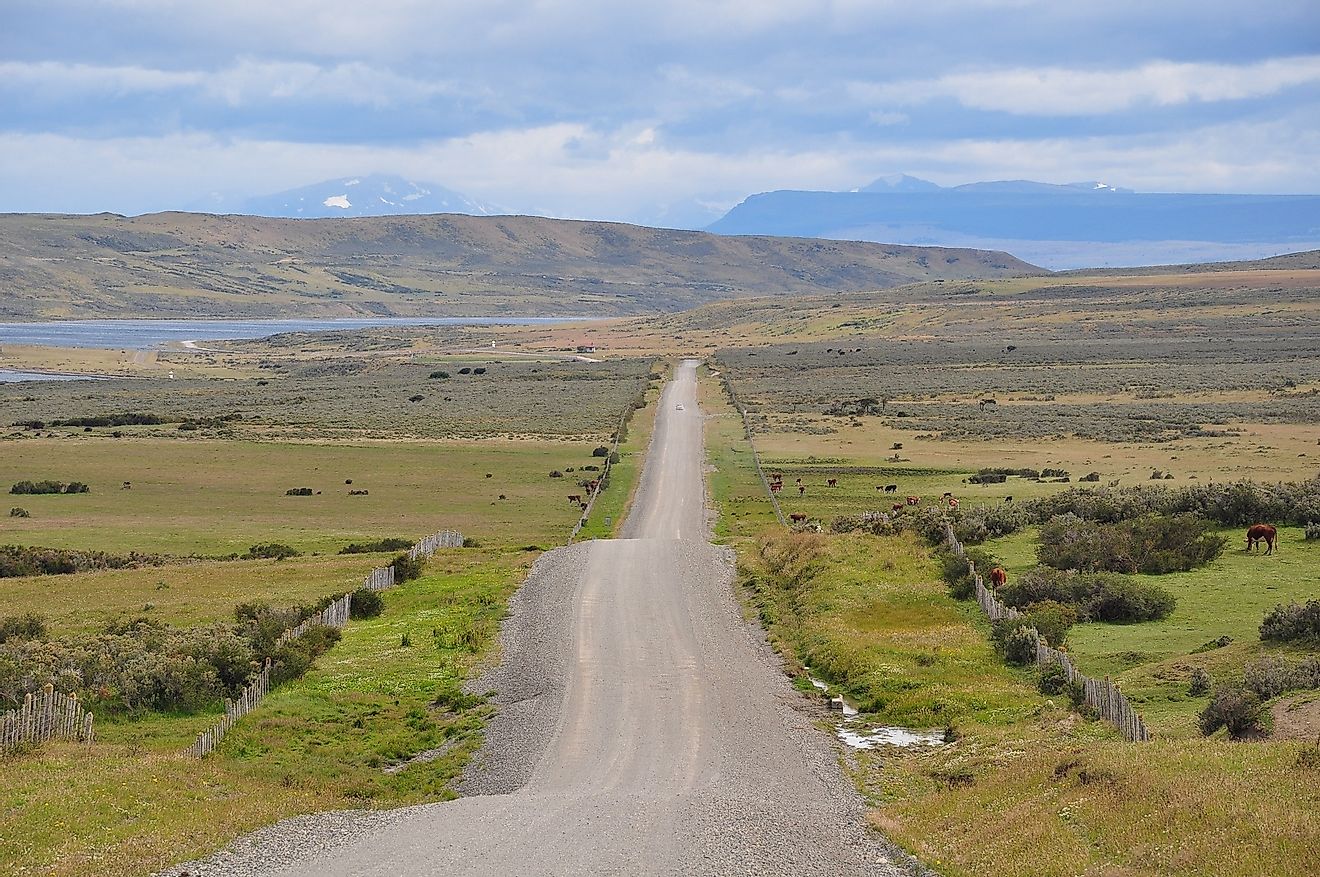Grasslands - Ecosystems Of The Earth

5. Definition
Grasslands are a type of vegetation where grasses, sedges, and rushes are the dominant types of flora. Grasslands in all the continents of the world except for Antarctica. They host a great diversity of fauna including top predators like lions, cheetahs, leopards, etc., and the giant herbivores like elephants, rhinos, and others. Grasslands in different parts of the world vary in types of grasses, depending on the climate, altitude, topography, and other factors influencing grassland vegetation growth.
4. Notable Grasslands Around the World
Grasslands can be tropical, subtropical, temperate, flooded, montane, tundra, and desert/xeric type. The Llanos of South America are typical examples of tropical and subtropical grasslands. The prairies of North America and the South American Pampas are notable examples of temperate grasslands. The Everglades of Florida and the Argentinian Esteros del Ibera are examples of flooded grasslands. Such grasslands experience seasonal flooding events. The Páramo grasslands of the Andes mountain ranges are an example of montane grasslands which are high altitude grasslands. Tundra and desert grasslands are two of the extreme variations of grassland vegetation which involves sparse growth of grasses and shrubs.
3. Ecological and Economic Significance
The grasslands are ecologically highly significant. They host a wide range of fauna which depends on the grasses for food. Herbivores like elephants, rhinoceroses, several species of deer, wild boars, and others feed on the grasses and shrubs of these grasslands. Predators, in turn, are drawn to these areas in search of prey and thus a food chain is established. Grasslands are also of crucial importance to humans as they use these lands for cattle grazing activities. These people thus depend on the grasslands to feed their livestock which often is their only means of living. Grasslands hosting wild fauna also attract tourists who visit the areas for wildlife viewing. This also brings income to the local economy.
2. Flora and Fauna
Grasslands are home to a wide variety of species. The biodiversity varies with the nature and location of the grasslands. Thus, while tropical and sub-tropical grasslands are most species-rich ecosystems, the xeric and tundra grasslands have a low biodiversity. A wide variety of mammals, amphibians, reptiles, avians and invertebrate species inhabit the grasslands of the world.
1. Threats and Conservation
Human activities pose the greatest risk to the survival of the grasslands of the world. Indiscriminate grazing of grasslands by human bred livestock results in clearing vegetation across large parts of these grasslands. This activity promotes desertification. The native wild species are also offered tough competition by the livestock species. This disturbs the food chain in the wild. Grasslands also help to bind the soil together, and clearance of such vegetation for human habitation or agriculture leads to soil erosion and floods. Grasslands are thus precious biosystems on our planet, and their conservation is of vital significance for a smooth flow of life for both humans and other species.











